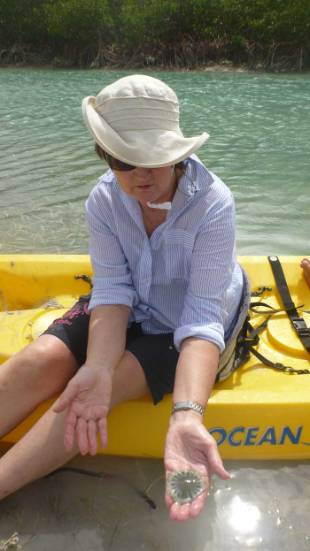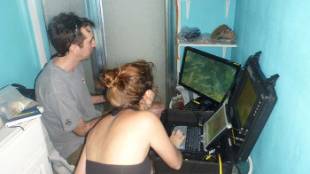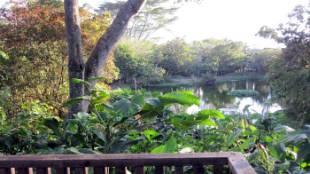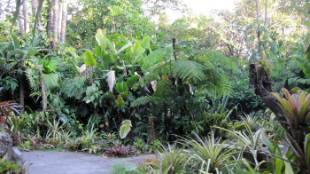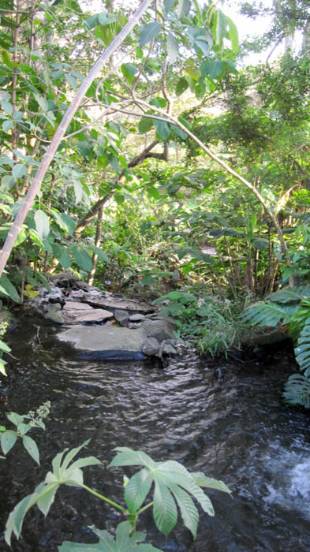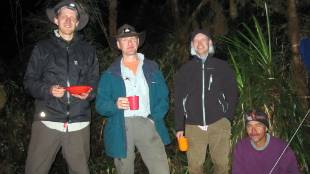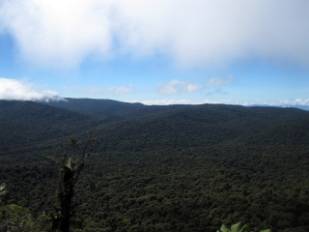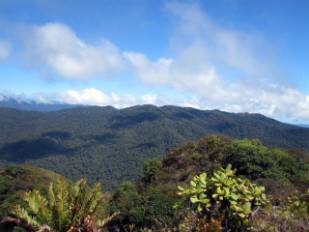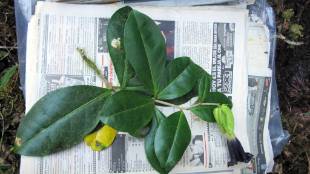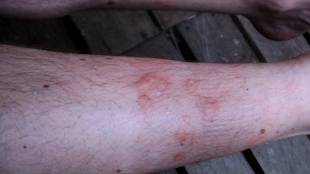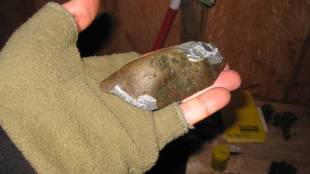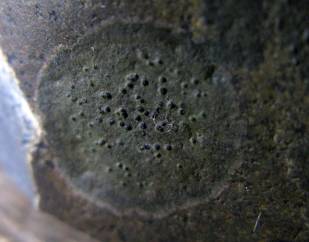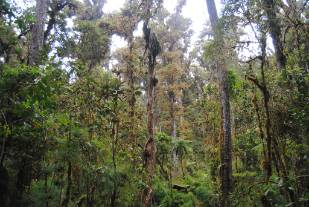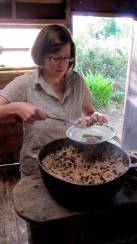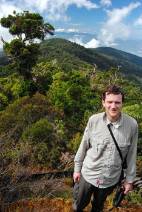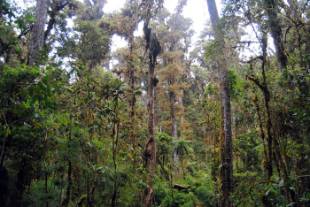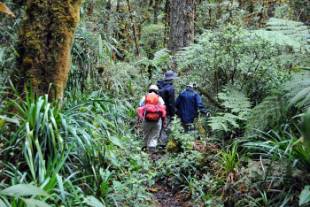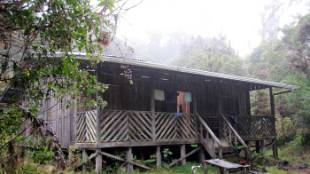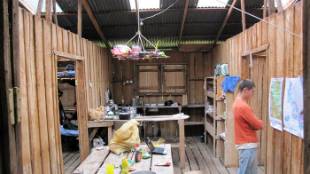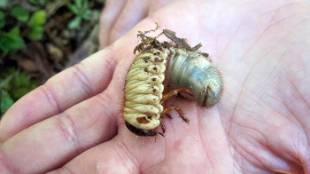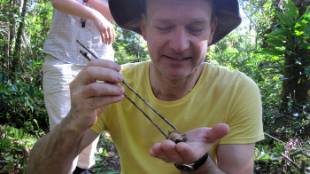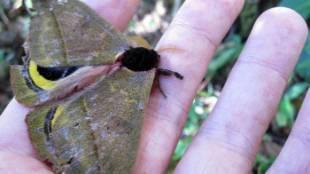Welcome to...
(Click images to see them full size)
We are all waking up really early - around 6am when the sun comes up. After breakfast we loaded up the golf carts with spades, sieves and sampling jars and we were ready to go panning for worms. We ventured out to the mangroves on the other side of the island, where we were relieved to find that the wind was much less intense.
Above: Helena is ready to find some worms in the Bahamian sand
Once we reached the marina we had to get out to the sampling site and what better way than to kayak. Then we had to do some serious digging, put the muddy sand into a bucket and kayak the samples back to the shore. To be fair, Nick did a lot of the hard work!
It was then up to Diva and Helena to sieve through all the mud, this may sound easy but when you’re looking for tiny creatures you have to be very precise and it can take quite a while.
We found a few large creatures, such as sea cucumbers and a giant anemone, but the really exciting stuff is only visible under the microscope. Helena was really excited as she thinks she has found a new species of the marine worm Ophryotrocha under the microscope! Obviously we can't tell for sure until we get back to the Museum but it's great to think that it might be so.
Above: Could this be a new species of the marine worm Ophryotrocha?
One of the other highlights of the day was that Gill got to see Cassiopeia jellyfish for the first time in the wild!
Above: Cassiopeia made Gill’s day!
After lunch (which was rice and beans!) we spent a good part of the day testing REX before we send him into the deep later in the week. Adrian and Leigh set up a mission control in a repurposed bathroom on the beach and we sat and watched REX manoeuvre through the shallow sea grass beds.
Above: Yes, Adrian is sitting on a toilet!
Here is when REX met a lionfish…
On Thu 8 Mar (which is tomorrow for me as I write this) we'll be linking live to the Attenborough Studio so do join us if you can!





